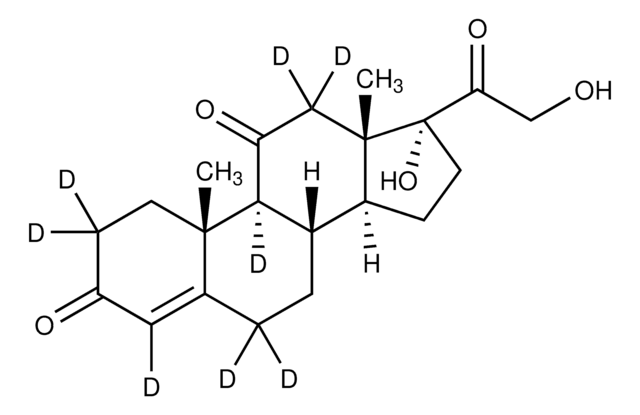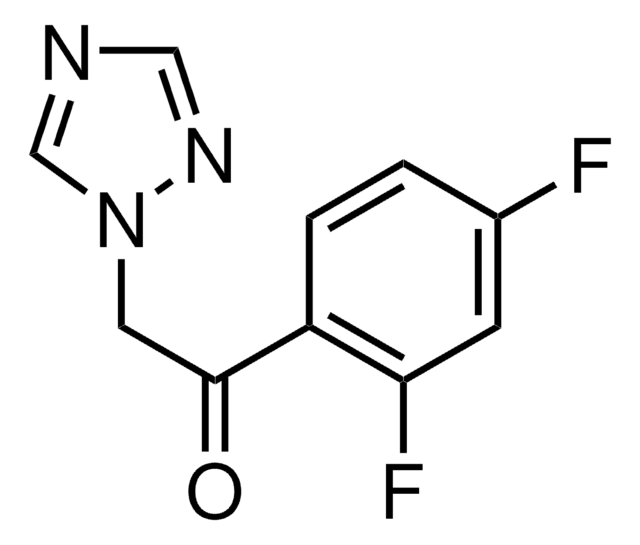810131P
Avanti
16:0-12:0 NBD PC
Avanti Research™ - A Croda Brand 810131P, powder
Synonym(s):
1-palmitoyl-2-{12-[(7-nitro-2-1,3-benzoxadiazol-4-yl)amino]dodecanoyl}-sn-glycero-3-phosphocholine
About This Item
Recommended Products
assay
>99% (TLC)
form
powder
packaging
pkg of 1 × 1 mg (810131P-1mg)
pkg of 5 × 1 mg (810131P-5mg)
pkg of 5 × 2 mg (810131P-10mg)
manufacturer/tradename
Avanti Research™ - A Croda Brand 810131P
lipid type
fluorescent lipids
phospholipids
shipped in
dry ice
storage temp.
−20°C
General description
Application
- in the microfluidic chip-based technology to demonstrate separation of fluorophore-labeled phospholipids and to monitor enzyme activities of lipid-modifying enzymes
- as a fluorophore for 1,2-dipalmitoyl-sn-glycero-3-phosphocholine (DPPC) in fluorescence recovery experiments
- as a substrate to test scramblase activity
Biochem/physiol Actions
Packaging
Legal Information
Storage Class
11 - Combustible Solids
Choose from one of the most recent versions:
Certificates of Analysis (COA)
Sorry, we don't have COAs for this product available online at this time.
If you need assistance, please contact Customer Support.
Already Own This Product?
Find documentation for the products that you have recently purchased in the Document Library.
Our team of scientists has experience in all areas of research including Life Science, Material Science, Chemical Synthesis, Chromatography, Analytical and many others.
Contact Technical Service

